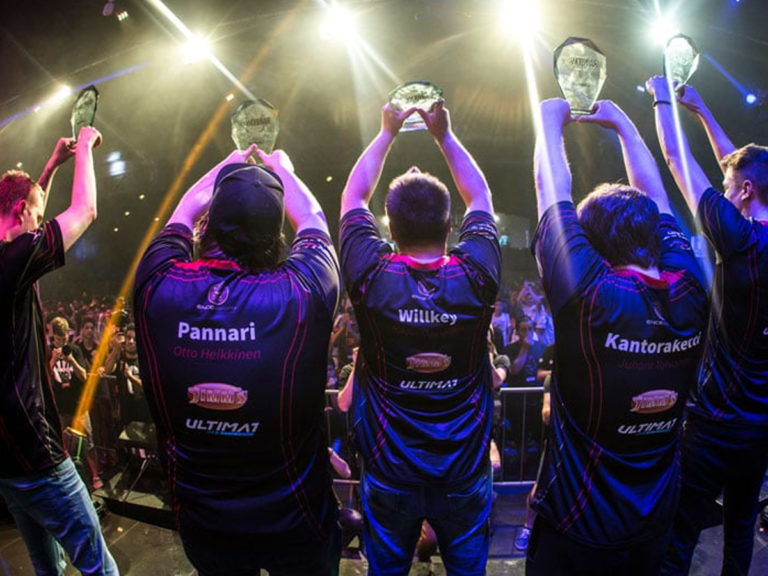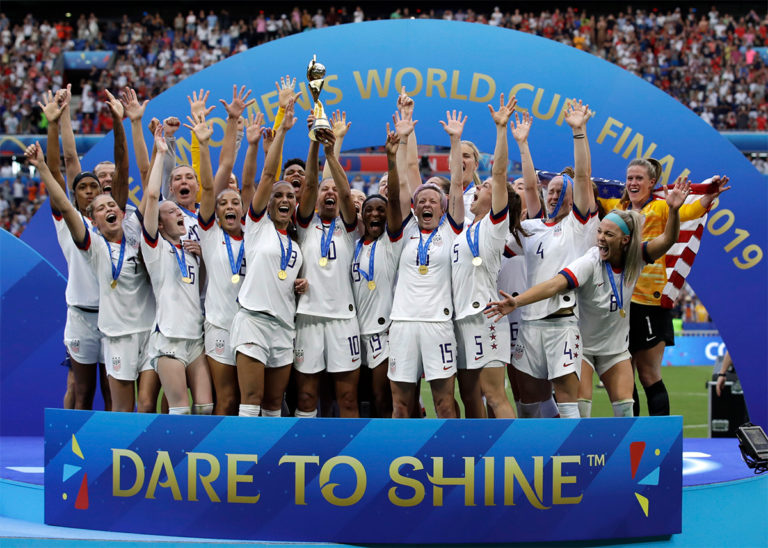
Category Works, Skills, Industry
With nearly 42% of Canadian jobs likely to be affected in some way by automation over the next two decades, and with the disruptive nature of social media, unprecedented access to big data, and analytic advances, all aspects of the workforce and management will need to adapt.


The impact of women trailblazers in Canadian publishing
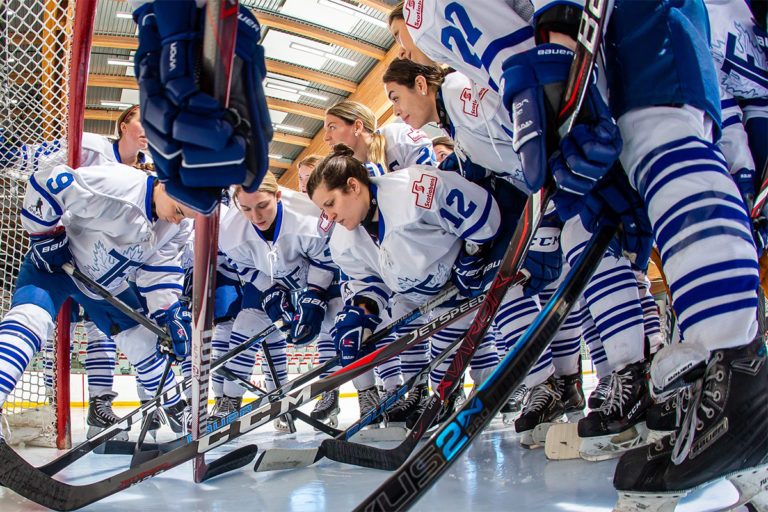
Women’s hockey has avid fans but needs a corporate cash infusion
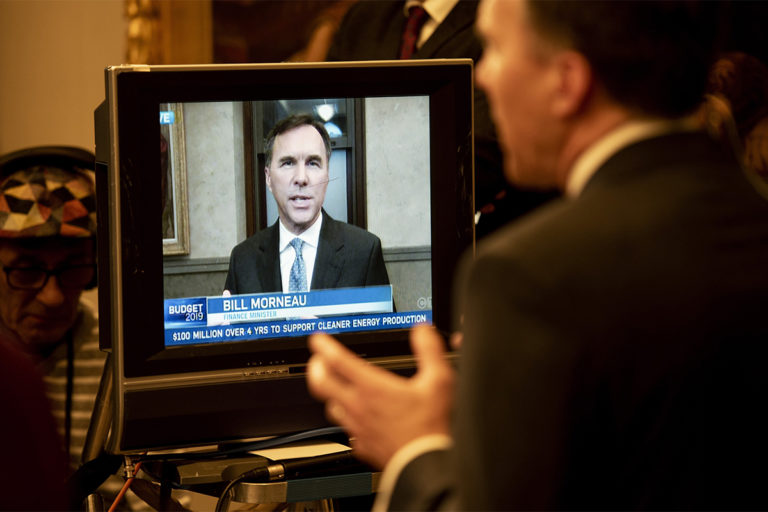
As Ottawa helps the news industry, latest research suggests journalists’ loyalties are tough to buy
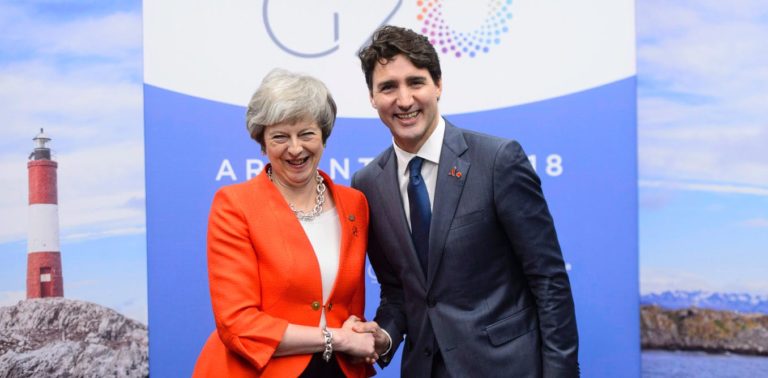
Post-Brexit, the U.K. and Canada can fuel global sustainability

Funding journalism means defining who’s a journalist – not a bad thing

Big, bigger, biggest: Black Friday, Cyber Monday and Singles Day

Capitalism needs a reboot so that no industry is too big to fail

No matter what method is used to teach math, make it fun
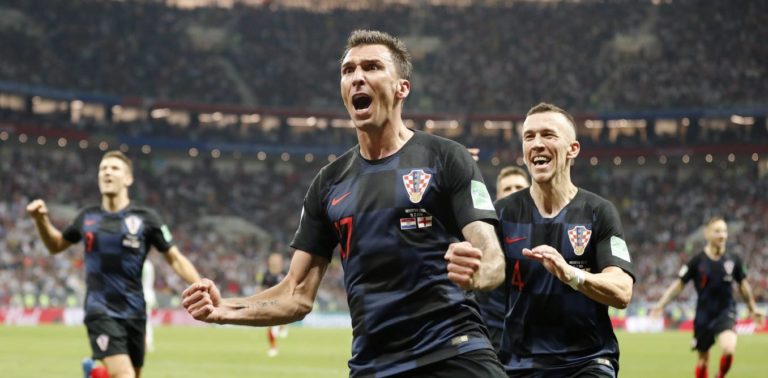
What businesses can learn from teamwork at the World Cup
